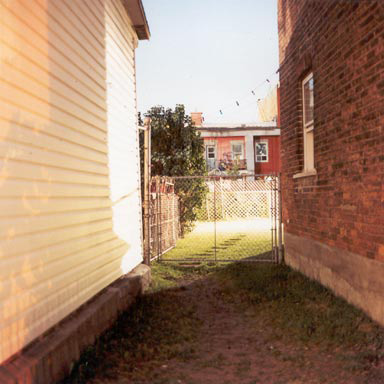
All of those principles, I believe, inhere not just in effective visual texts but in all great philosophical thought. I'll illustrate what I mean, but I know this is a rather large claim. I float it out there because I think its important to carry our sense-making concepts and patterns from one medium to another, from one discourse to another, so that we can be more reflexive about the ways in which we design our living, thinking, communicating spaces. For example, if there is a certain kind of architectural space that we love or abhor, does it have an analogue in prose? If we are fond of the periodic sentence, can this structure also apply to our thinking about aesthetics in music or archiecture?
Much of what I do as a writing teacher is to help people become better at what the Greek rhetoricians called inventio: invention (how to generate ideas). I am fascinated with how various writers create, how they get their ideas going. Bricolage (an art term for pulling together whatever it is at hand, even things that do not necessarily go together) is an invention strategy that writers have used since Montaigne, who used to compose by opening up a half a dozen books in his library and dipping into them, sometimes at random. Creating good visual design is some ways analogous to creating appealing ideas; at least, I think its worth pursuing the possibility that the one domain could fertilize the other.
Contrasts: we think so often with "binaries"--paired terms that divide the world into contrasting ideas: up/down, black/white, woman/man, north/south, city/country....and so on.
Are these binaries really in the world? I mean, gravity would seem to provide us with a sense of heavy/light that simply exists independently of our cognitive/linguistic apprehension. A world exists, of course, but when that world is experienced by language-obsessed, control-obsessed, emotionally confused monkeys (namely: us), we make it do tricks for us: stand still, yield up carbon, explode atoms, evanesce beauty or transcendent truth. And often in order to do those things, we make distinctions that fall into contrasting opposites (savage/civilized, progress/backward, belief/knowledge). Isn't it strange to think that "understanding" somehow depends on us dropping in or evoking a certain number of binary opposites? What could we think if we avoided this pattern of thought? Wallace Stephens has a great poem about that question: "The Motive For Metaphor"